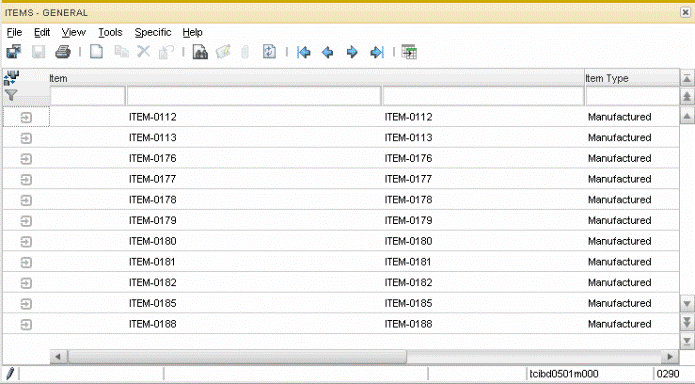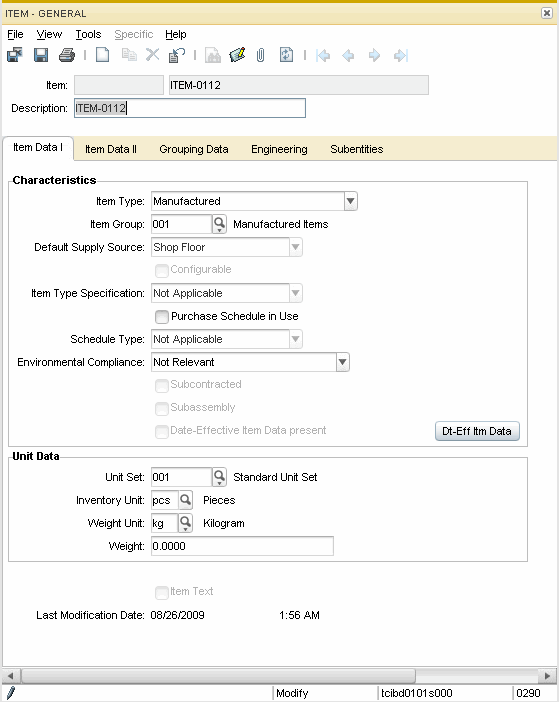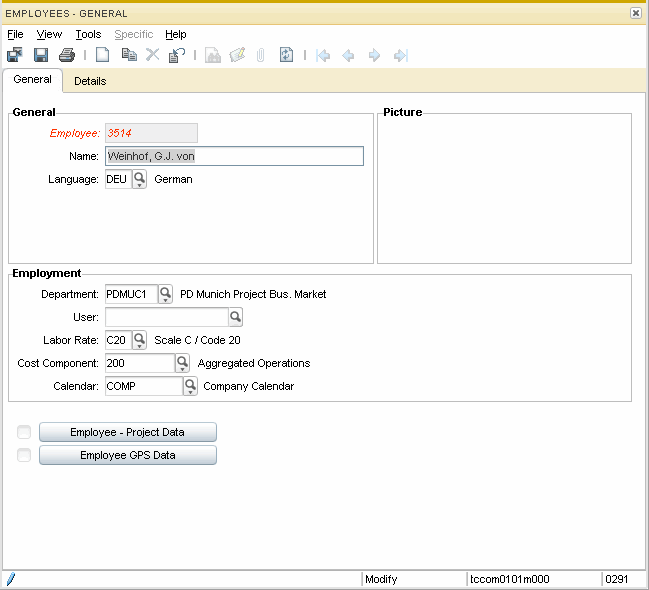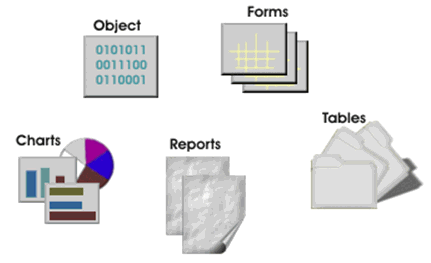SessionsA session performs an activity. Sessions are used to present data, edit data, and process data. Each session has a code. The session code is displayed in the status bar of the session window. A session consists of multiple components that work together, such as a form and an object. A session object is a compiled UI script. Overview session and details session An overview session shows multiple rows from a table in a grid. Overview sessions are also called Multi-Occurrence sessions, because they display multiple records, or occurrences, from the same table. Scroll bars allow you to view rows above or below the current rows that are displayed in the grid. Based on security authorizations, you are able to insert, edit, copy, and delete entries in the grid.  Overview session A details session shows one row and is also called a single-occurrence session. The details session is opened when you insert, edit or copy from the overview session. The details session allows you to edit individual field values and save your changes. The session may also have additional options that can be performed using buttons, icons or specific menu options.  Details session Synchronization The details session is a synchronized dialog of the overview session. Synchronized sessions work together.
Usually the overview session and the details session are two separate sessions, for example: the Items (tcibd0501m000) overview session and the Items (tcibd0501m000) details session. See the previous figures. However, the overview session and the details session can be the same session. For example the Employees - General (tccom0101m000) session can run as an overview session and as a details session. You use the form editor to indicate the fields that appear in the overview session, and which fields appear in the details session.  Employees - General (tccom0101m000) - overview session  Employees - General (tccom0101m000) - details session Structure of a Session A session is a collection of system components that work together to perform a task. Each component will have a unique identifier, or code, to distinguish it from other components. The system components include:
 Components of a session To create sessions You can create and edit sessions and forms using the Sessions (ttadv2500m000) session. This session acts as a Developer’s workbench as it provides access to all the major components of a session. For details, refer to To create sessions. For more information on sessions and forms, refer to the following topics in the Infor Web Help:
| |||